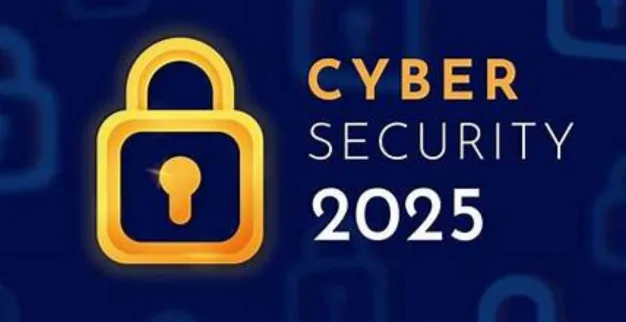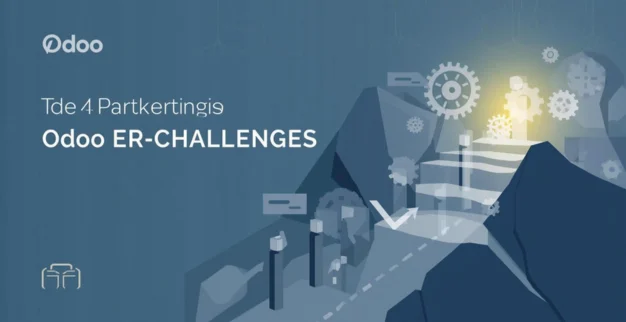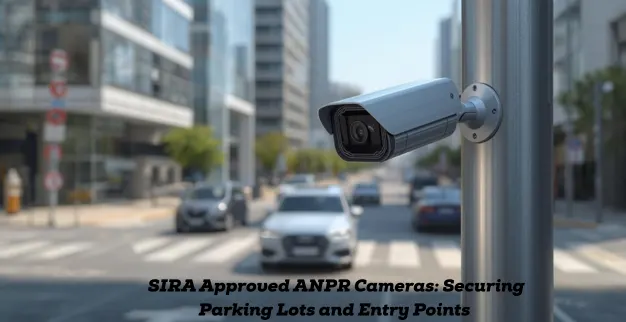How Automation is Transforming Cyber Security in 2025
By:
Ganesan D
18 Jun 2025
Category:
Automation
Introduction
In 2025, automation is no longer just a support tool in
cybersecurity—it’s a strategic necessity. As threats become more
sophisticated and real-time responses more critical, organizations
are turning to automation to protect digital assets, reduce human
error, and stay ahead of cybercriminals. Here's how automation is
reshaping cybersecurity this year:
1. Real-Time Threat Detection and Response
AI-powered automation tools can now detect anomalies, suspicious
behavior, and zero-day threats in real-time. Unlike traditional
systems that rely on known signatures, these tools use machine
learning to adapt and identify novel attack patterns without human
intervention.
2. Security Orchestration, Automation, and Response (SOAR)
SOAR platforms are enabling security teams to automate routine
incident responses—like isolating endpoints, blocking IPs, or
initiating forensic analysis. This not only speeds up reaction
times but also reduces analyst burnout and human error.
3. Automated Vulnerability Management
In 2025, continuous scanning and automated patch management ensure
that systems are always up to date. Vulnerability scanning tools
can now assess and prioritize risks based on potential business
impact, allowing IT teams to focus on the most critical threats.
4. Adaptive Identity and Access Management (IAM)
Automation is driving smarter IAM systems with real-time
behavioral analysis. Access privileges are now adjusted
automatically based on user behavior, location, and device
risk—reducing the chance of insider threats or credential misuse.
5. Security Compliance and Reporting Automation
With increasing regulations, automated compliance tools help
companies monitor their adherence to standards like GDPR, HIPAA,
or ISO 27001. These tools generate real-time compliance reports,
alerting teams to violations before audits occur.
6. AI-Powered Phishing Detection
Automation now plays a key role in email security. AI-driven
systems can analyze language patterns and sender reputation to
block phishing attempts before they reach employee inboxes,
significantly reducing social engineering attacks.
7. Integration with DevSecOps
Security automation is embedded into the DevOps pipeline—known as
DevSecOps. From code analysis to automated security testing, it
ensures vulnerabilities are caught early in development rather
than post-deployment.
8. Cyber Threat Intelligence (CTI) Automation
Automated CTI platforms aggregate and analyze data from multiple
sources—dark web, forums, social media, etc.—to deliver proactive
threat insights. This allows organizations to defend against
emerging threats before they're exploited.
9. Human-AI Collaboration
Rather than replacing cybersecurity professionals, automation
augments their capabilities. Analysts are using AI tools for
deeper investigation, faster correlation of events, and more
informed decision-making.
10. Predictive Analytics and Risk Forecasting
Using historical data and machine learning, automated systems in
2025 can now predict potential security incidents and suggest
preventive measures, shifting security from reactive to proactive.
Conclusion
Automation in 2025 is not about removing humans from
cybersecurity—it’s about enhancing their efficiency, scalability,
and accuracy. With cyber threats growing in complexity, automation
ensures that organizations remain vigilant, responsive, and
resilient.



